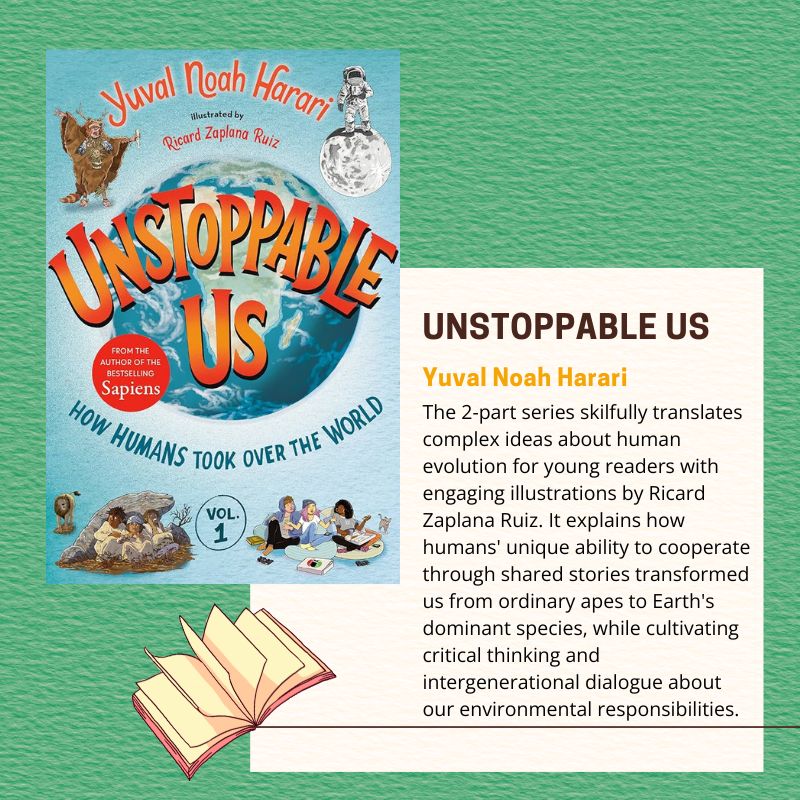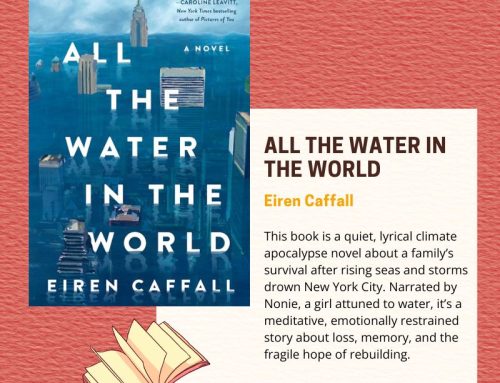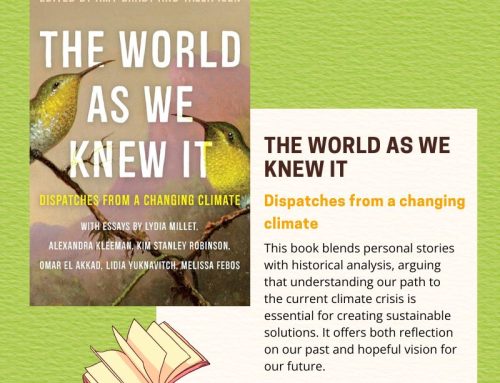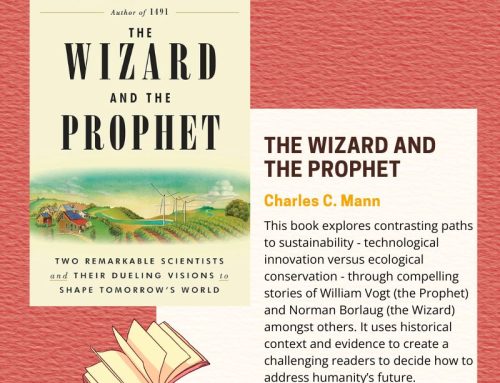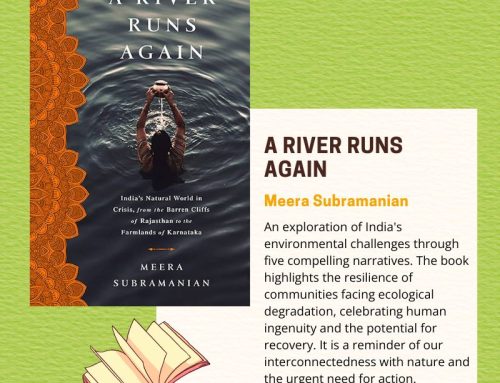In a world riddled with environmental, economic, technological, and social problems, we often look to the young to solve problems they merely inherited. The younger generations growing up with the weight of the world on their shoulders, can only live up to these expectations if they understand how we came to be where we are.
In his 2-part ‘Unstoppable Us’ series, Yuval Noah Harari translates big ideas of human evolution and what happened next for young minds. But do not mistake this for a children’s book. Harari has skilfully adapted his insights on human history and evolution for younger readers without sacrificing intellectual depth or narrative engagement, making it a must read for those of us who are interested in the history of the world, but are deterred by the highly technical and jargon filled narratives around it. While Harari’s other bestsellers like ‘Sapiens’ and ‘Homo Deus,’ accomplish this in text, the ‘Unstoppable Us’ series introduces beautiful illustrations by Ricard Zaplana Ruiz to make it an even more enjoyable read.
What makes these books particularly valuable is Harari’s ability to distil complex concepts into accessible narratives. The books maintain the intellectual rigor that made Harari famous while presenting information in a format that captivates young readers. Harari’s trademark blend of science, history, and philosophy remains intact, but the tone shifts to one of wonder and discovery rather than academic analysis.
Volume 1, ‘How Humans Took Over the World,’ introduces one to the cognitive revolution – explaining how humans’ unique ability to cooperate through shared stories and beliefs transformed us from unremarkable apes into Earth’s dominant species. Volume 2, ‘Why the World Isn’t Fair’ traces human development from the Agricultural Revolution to Prehistoric Egypt.
The most compelling aspect of this short telling of a long history is its effectiveness as an intergenerational reading experience. Parents and educators familiar with Harari’s adult works will recognise the core arguments about Homo sapiens’ rise to dominance through cognitive advantages and cooperation. Yet the child-friendly presentation offers fresh perspectives even for those well-versed in Harari’s thinking. It is the rare educational resource that genuinely appeals across generational divides. Its accessibility never comes at the expense of intellectual substance, making it equally valuable for adults seeking to understand our species’ journey and children developing their worldview.
The books prompt meaningful conversations between adults and children about humanity’s place in the natural world. When Harari explains how humans formed larger communities through shared myths and beliefs – from religious traditions to economic systems – he creates natural openings for family discussions about current social structures and environmental challenges. In today’s climate conversation, finding the balance between honesty about environmental challenges and maintaining optimism is particularly difficult when addressing young readers. Harari navigates this tension masterfully by establishing historical context for humanity’s impact on the planet.
The series acknowledges humanity’s destructive potential, including early extinction events triggered by human expansion. However, Harari avoids the twin pitfalls of apocalyptic fearmongering and naive technological optimism. Instead, he emphasises humans’ adaptive capabilities and potential for collective action – precisely the mindset needed for addressing climate change and building sustainable societies.
‘Unstoppable Us’ helps young readers understand that humans are not separate from nature but powerful agents within it. This perspective shift is crucial for climate education, as it positions environmental protection not as an external cause but as essential self-preservation. The books encourage young readers to view human history not as inevitable progress but as a series of choices with consequences, empowering them to envision alternative futures. This agency-centred narrative counters the helplessness many children feel when confronting global environmental challenges.
Beyond environmental consciousness, ‘Unstoppable Us’ cultivates critical thinking skills vital for navigating our rapidly changing world. Harari consistently challenges readers to question assumptions and recognise the constructed nature of many human institutions. This intellectual foundation helps prepare young people to evaluate information critically – an essential skill in an era of climate misinformation and polarised public discourse.
The books establish conceptual frameworks that help explain why technological solutions alone cannot address climate change without corresponding social and cultural transformations. Harari’s exploration of how cooperation enabled human dominance provides an elegant parallel to the collaboration required for sustainable development. The series demonstrates that our greatest achievements come not from individual brilliance but from coordinated collective action – exactly the approach needed for climate solutions.
The ‘Unstoppable Us’ books ultimately deliver a message both sobering and hopeful: the same cognitive abilities that enabled humans to transform Earth also equip us to address the consequences of those transformations – if we choose to apply them wisely.

